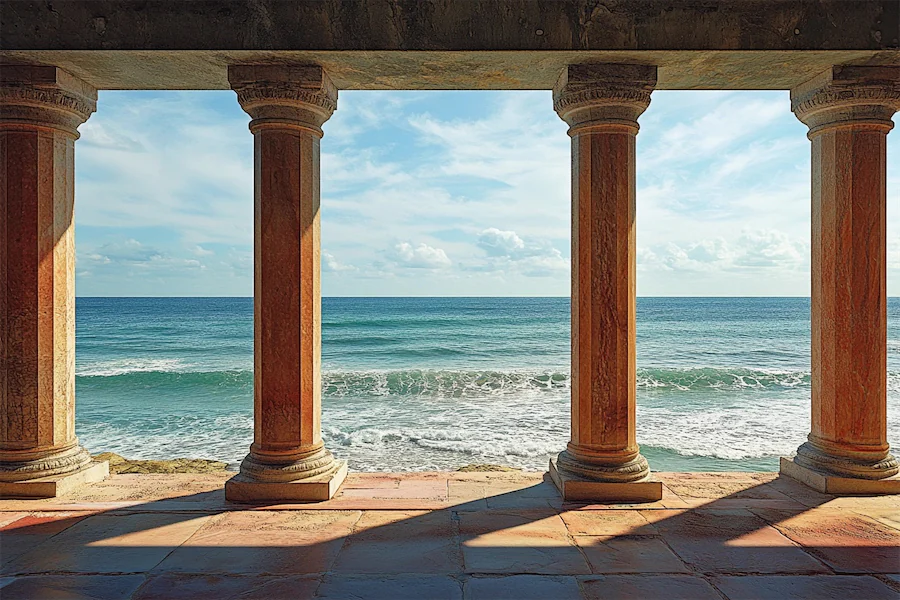Coastal architecture is designed to harmonize with the seaside environment, often featuring elements that withstand coastal weather while enhancing aesthetic appeal. Columns are a prominent feature in coastal homes, providing structural support and contributing to the overall design.
History and Origins of Coastal Columns
The use of columns in coastal architecture dates back to early seaside constructions, where they were essential for elevating structures above flood levels and allowing for ventilation. Over time, these functional elements evolved to incorporate stylistic influences from various architectural traditions, including Colonial and Cape Cod styles.
Key Features of Coastal Columns
Coastal columns exhibit several distinctive characteristics:
- Materials: Durable materials like treated wood, fiberglass, or composite materials are commonly used to resist moisture, salt, and wind prevalent in coastal environments.
- Design: Columns often feature simple, clean lines to reflect the relaxed coastal aesthetic. Styles may include square or round shapes, with designs ranging from traditional to contemporary.
- Functionality: Beyond supporting porches and overhangs, columns in coastal homes may elevate living spaces to protect against flooding and facilitate airflow.
Applications of Coastal Columns
In coastal architecture, columns serve both practical and decorative purposes:
- Structural Support: They uphold balconies, verandas, and elevated living areas, ensuring stability and safety.
- Aesthetic Appeal: Columns contribute to the inviting and open feel of coastal homes, often framing entrances and outdoor living spaces to enhance curb appeal.
Considerations When Choosing Coastal Columns
When selecting columns for a coastal home, consider the following:
- Material Resilience: Opt for materials that can withstand the harsh coastal climate, requiring minimal maintenance over time.
- Design Harmony: Ensure that the column style complements the overall architectural design of the home, whether it leans towards traditional or modern aesthetics.
- Proportionality: Choose column dimensions that are proportionate to the structure, providing adequate support without overwhelming the design.
Conclusion
Coastal columns are integral to the functionality and charm of seaside homes. By thoughtfully selecting materials and designs that align with the coastal environment and architectural style, homeowners can enhance both the durability and beauty of their residences.
